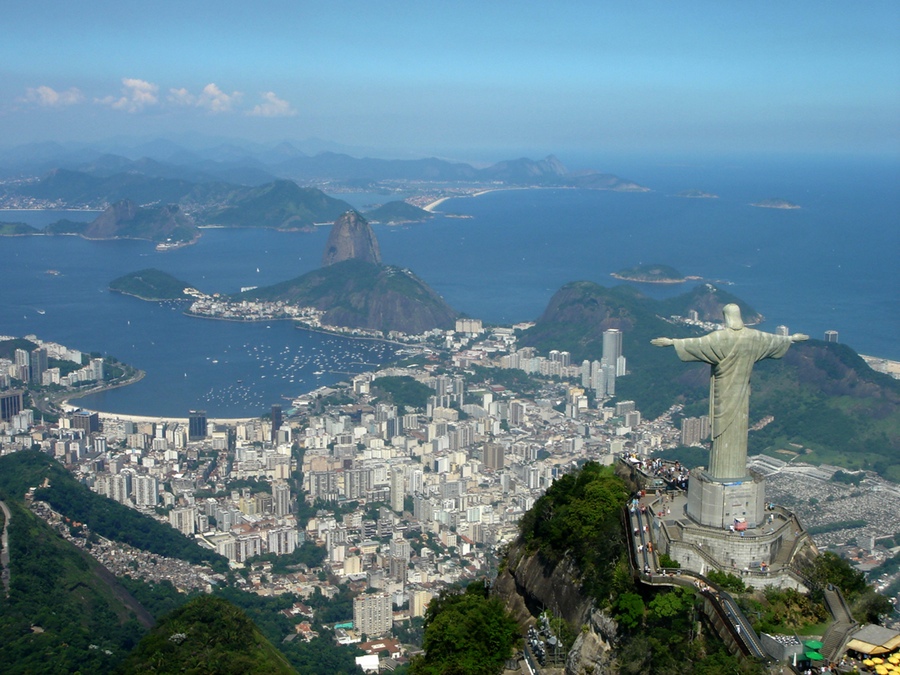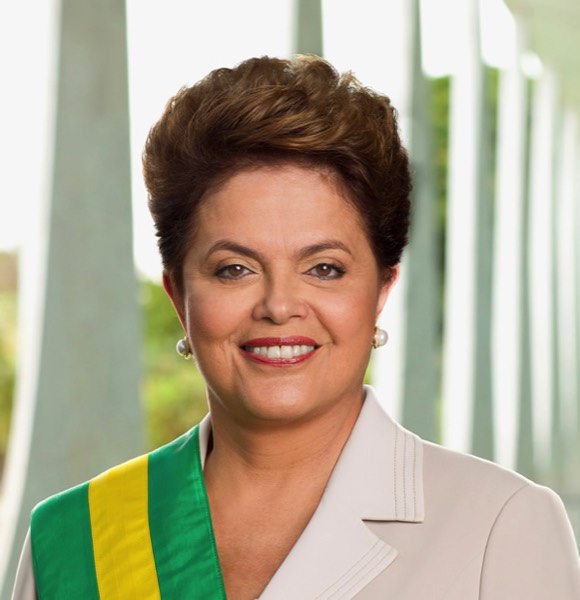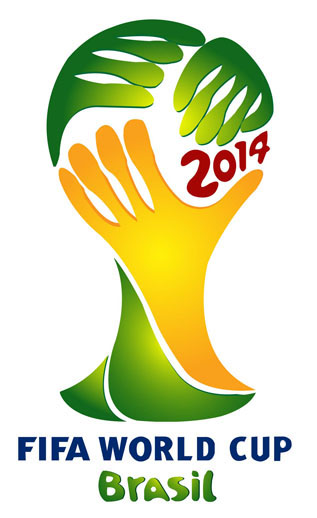
Rio de Janeiro
Brazilian President - Dilma Rousseff
Brazil - An Introduction
Brazil is the world’s 5th largest country by area, has the 5th largest population and the 7th largest economy. Its Atlantic coastline stretches for almost 5000 miles and the western border with Peru runs along the foothills of the Andes. Brazil dominates Latin America and comprises 47% of the area of South America. It has land borders with every country on the continent bar Ecuador and Chile.
Portugal claimed Brazil as a colony in 1500 and spent the following centuries settling and developing the coastal parts of this vast country. Cultivation of sugar cane became a major economic driver and large numbers of African slaves were imported to work the plantations. When the demand for sugar reduced at the end of the 17th century, the Brazilian gold rush was taking off and waves of new immigrants arrived seeking their fortunes. Gold attracted other European powers and Portugal repelled invasions by both the French and the Dutch.
In the Napoleonic era, Portugal came under threat so both court and government decamped to Brazil. For a brief period Brazil and Portugal existed as a single pan-continental super-state. This ended in 1820 when the Royal Family returned to Lisbon and shortly afterwards Brazil became an independent monarchy. The Atlantic slave trade ended in 1850 but slavery persisted in Brazil till 1888. The following year the monarchy was overthrown and Brazil became a republic.
For much of the 20th century the country suffered military coups, dictatorships – indeed, all the stuff you’d associate with South American politics. Brazil did however enter WW2 on the side of the Allies in 1942. It was only during the final quarter of that century that civilian governments became the norm and Brazil’s ludicrous inflation rate finally began to fall. In 2011 Dilma Rousseff was elected as the first female president.
Modern Brazil is a country of contrasts. Its forests are the most bio-diverse habitats on the planet. Jaguars hunt huge caiman beside vast rivers where giant otter, anaconda and piranha swim. Strange creatures such as tapirs, sloths and giant anteaters exist alongside a huge array of primates and certain indigenous tribes carry on a hunter-gatherer lifestyle. Great tracts of pristine rainforest are burned each year to make room for crops but once the trees are gone the thin soil is just washed away in the next rainy season. The following year more forest is cleared…
Glittering modern cities where the well-off live out comfortable lives are surrounded by squalid favelas where just getting through the day is a considerable achievement. Technology and social media are giving Brazil’s underclass a new voice and protest simmers just beneath the surface. The spending on infrastructure and stadiums for major sporting events whilst Brazil’s social programmes are cut has seen huge mobs taking to the streets in protest in many urban centres.
Brazil has almost 20 cities with populations over a million - you’ll have never heard of most of them. Sao Paulo (population 11M+) is the largest followed by Rio (6M+) and Salvador (2M+). Even Manaus, where England play their opening game, has a population approaching 2M despite being over 900 miles up the Amazon with no road connections to the east. Indeed, each of Brazil’s 10 largest cities will host World Cup matches. The other 2 stadia are in Cuiba and Natal, important regional centres.




